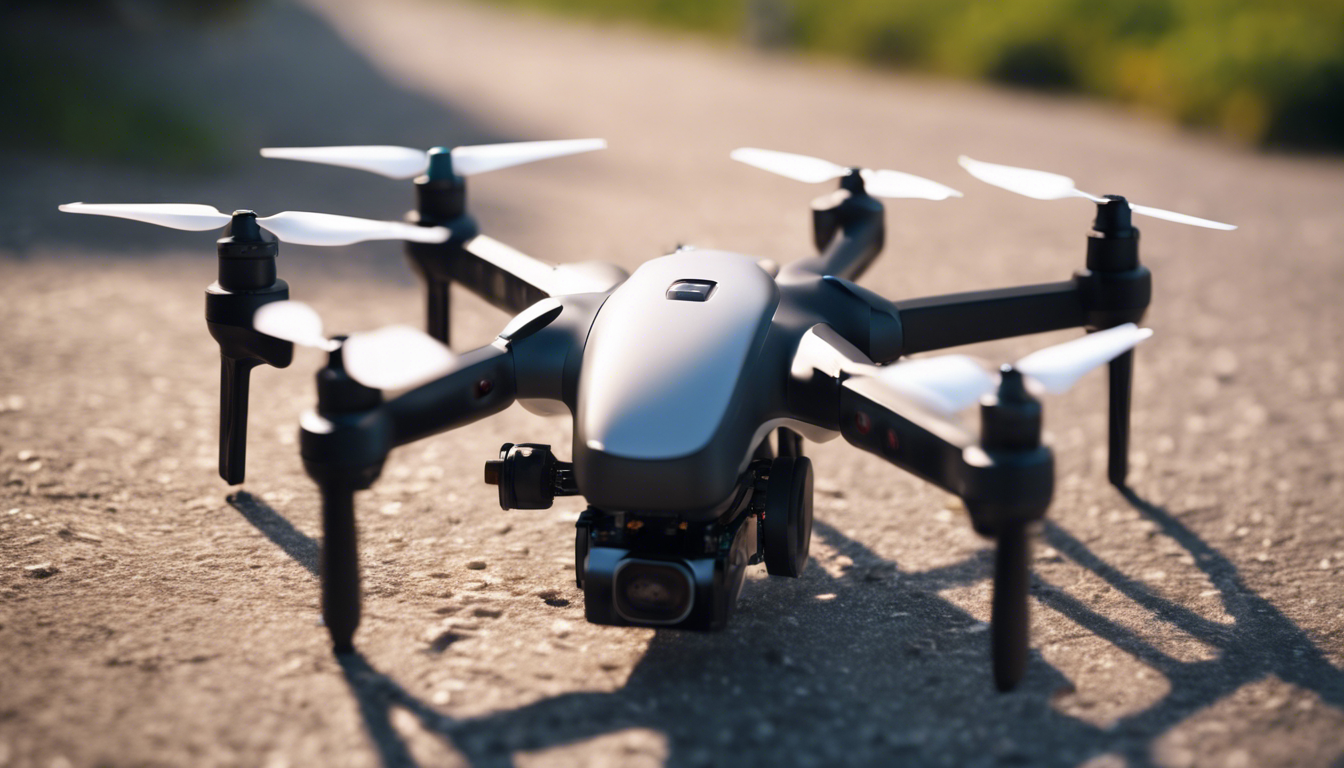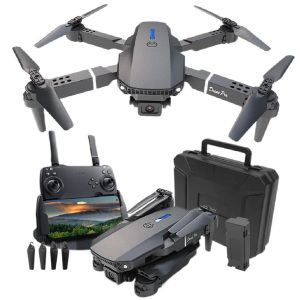
Consumer drones, once thought of as mere toys for hobbyists, are now finding their place in various industries, including environmental surveys. These unmanned aerial vehicles (UAVs) are becoming valuable tools for scientists, ecologists, and researchers, revolutionizing the way we collect information about our environment. Let’s take a closer look at the role of drones in environmental surveys and the benefits they bring to the table.
1. Efficient Data Collection:
Traditionally, environmental surveys required extensive manpower and time-consuming processes. However, drones have made data collection significantly more streamlined and efficient. With the ability to fly over vast areas swiftly, drones can cover larger territories in a fraction of the time it would take humans on foot. This efficiency allows researchers to gather more data in less time, accelerating their understanding of various environmental phenomena.
2. High-Quality Imagery:
Equipped with high-resolution cameras and advanced imaging capabilities, consumer drones provide researchers with unparalleled access to detailed imagery from previously inaccessible angles. Whether it’s capturing images of hard-to-reach habitats or recording evidence of wildlife behavior, drones offer a unique perspective that enhances the quality and depth of environmental surveys.
3. Cost-effective Solution:
In the past, conducting aerial surveys required manned aircraft or satellites, making them an expensive endeavor. Consumer drones, on the other hand, offer a economical yet valuable alternative. Their affordability and accessibility have democratized environmental surveys, allowing smaller organizations and independent researchers to use this technology without draining their wallet.
4. Minimal Environmental Impact:
One of the key advantages drones have over traditional survey methods is their ability to reduce the ecological footprint. Flying at low altitudes and making use of electric propulsion systems, drones minimize disturbance to wildlife and ecosystems during data collection, making them ideal for conducting surveys in sensitive environments.
5. Versatile Applications:
Drones are not limited to capturing imagery; they can also integrate other sensors and instruments. For environmental surveys, drones can carry thermal cameras to monitor temperature variations, multispectral cameras to analyze plant health, and even air quality sensors. This versatility allows researchers to collect a wide range of data to gain comprehensive insights into environmental issues.
6. Monitoring and Conservation:
Beyond the initial survey phase, drones continue to play a role in ongoing monitoring and conservation efforts. Equipped with GPS capabilities, drones can be programmed to fly predetermined routes, regularly capturing updated imagery or sensor data over time. This data can be used to monitor changes in the environment, identify potential threats, and implement targeted conservation strategies.
7. Safety and Accessibility:
Consumer drones are designed with safety features, such as obstacle avoidance and return-to-home functions, minimizing the risk of accidents during surveys. Additionally, their compact size and ease of use make them accessible tools for researchers with varying levels of technical expertise.
In conclusion, consumer drones have significantly expanded the possibilities of environmental surveys. With their efficiency, high-quality imagery, cost-effectiveness, minimal ecological impact, versatility, and ongoing monitoring capabilities, drones have become indispensable assets for scientists and researchers. By harnessing the power of UAVs, we can better understand our environment, make informed conservation decisions, and work towards a more sustainable future.
